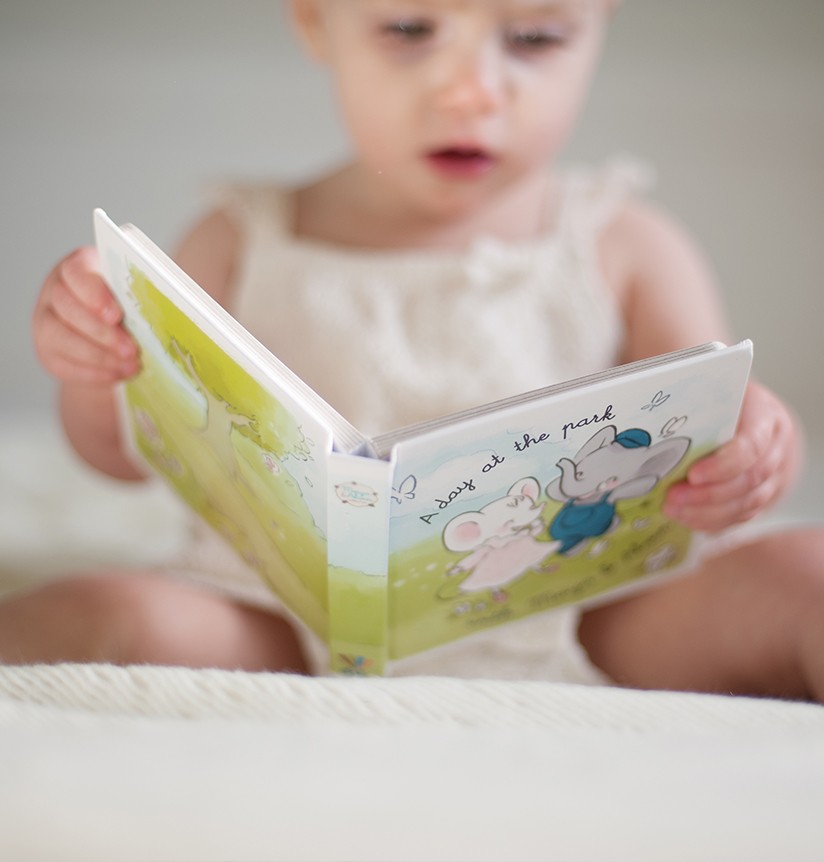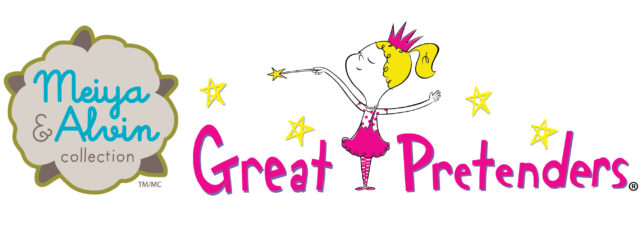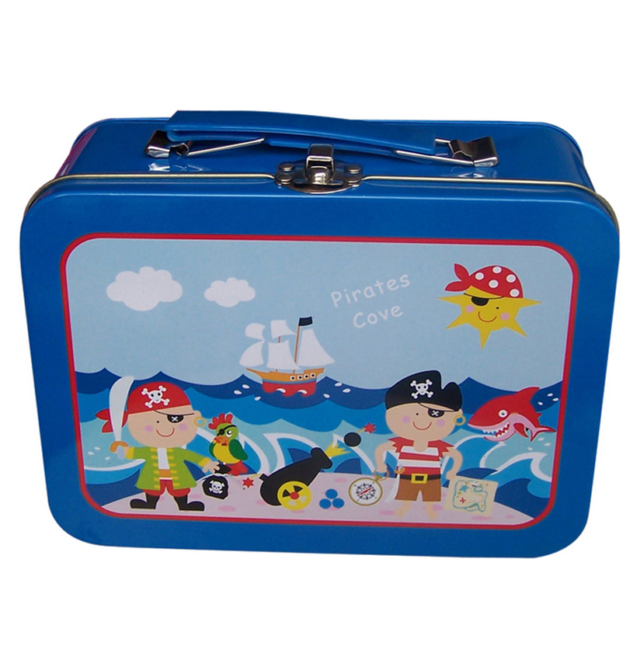-
Headquarters -
704 Mara Street, Point Edward, Ontario, N7V 1X4
-
Year established -
1989
-
NAICS -
339930 - Doll, toy and game manufacturing
-
Major expansions -
N/A
-
Employees -
43
-
Exports -
US
-
Download -
Creative Education of Canada
Creative Education of Canada manufactures educational toys and costumes for children. Most notably, the firm produces Great Pretenders’ award-winning dress-up costumes.
When Joyce Keelan, founder and chief executive officer of Creative Education of Canada, graduated from Queens University with a mechanical engineering degree, she never imagined that she would one day head a dress-up costume and toy manufacturing firm. However, like Keelan’s first product named Pic-A-Puppet, the decision fit. After several years working in both the oil and gas and tool and die industries, Keelan had enough. Self-identifying as a “corporate refugee,” she vowed never again to work for anyone but herself. During her time away from the corporate world, while searching for fun, educational toys for her daughters, she came to another realization: the toy industry had even less to offer her and her family than corporate life.
This dissatisfaction led to the creation of Pic-A-Puppet, an award-winning product that sparked the inception of Keelan’s company, Creative Education of Canada (Creative Education), in 1989. Realizing that the toy was extremely popular among her family and friends, Keelan decided her next task was to secure a buyer; yet this proved more difficult than originally anticipated. Having minimal interest from big buyers during the first year of operations was reflected in the company’s sales, which grossed roughly $40,000, with all production being run out of house. Today, Creative Education has long since discontinued the Pic-A-Puppet. Instead, it offers a wide variety of product lines, with operations run out of a manufacturing facility in Sarnia and sales in the $10–$20 million range.
The magnitude of Creative Education’s growth since inception can be attributed primarily to Keelan’s hard work and commitment to the company’s goals of (1) providing quality toys that promote creative, interactive play for the end consumer, (2) maintaining a positive and fun company/work environment, and (3) producing profits for shareholders (a clear by-product stemming from the focus on quality merchandise and a successful work environment).
While sales have not always seen the exponential increase experienced in the company’s infancy, Creative Education maintains a healthy growth of roughly 11 percent each year.
The key to the company's organic growth lies in understanding and expanding its customer base.
Creative Education caters to upper-class, high-end consumers, most notably via Pottery Barn Kids and Indigo, where it enjoys co-branding with many of those companies’ product lines. Capitalizing on the recent “buy local” trend, Creative Education has always produced a large volume of their sales in Canada, with the breakdown being roughly 25 percent of the company’s total sales. However, in order to achieve the company’s ambition of obtaining a large revenue stream, Keelan knew that other markets needed to be tapped. The most obvious candidate was the United States, with U.S. exports now representing 50 percent of Creative Education’s sales, and the remaining 25 percent being distributed to European markets.
Creative Education’s distribution pattern is mainly reflected through its marketing strategy. Tradeshows are the company’s main marketing vehicle, providing a key platform to network and gain exposure to potential customers across various markets. The New York Toy Fair and Spielwarenmesse International Toy Fair Nürnberg are among the largest events of their kind in the world, and Creative Education is a regular exhibitor at both. Creative Education’s attendance at these shows coincided directly with the company’s strategy of growing its flagship brand, Great Pretenders, and pursuing continual market expansion. In 2014, the firm sought to expand by focusing on the infant market with the introduction of the Meiya and Alvin collection. In other markets, it has pursued innovation, with new “Do it Yourself” and “Colour In” costume product lines being unveiled.
In order to drive these operations, Creative Education employs 43 personnel with 35 full-time employees located in Sarnia, Ontario, and the rest spread across North America and Europe. The average employee has either a college or university background in a multitude of specialties, such as fashion, sales, customer service, and creative design.
Oftentimes, businesses’ success is greatly influenced by the role of the government, and this is certainly true in Creative Education’s case. The North American Free Trade Agreement (NAFTA) allows Creative Education to ship anywhere in North America duty-free, avoiding costs anywhere in the range of 16 to 40 percent. These savings are extremely advantageous, especially when considering other areas of government intervention that result in high costs. One such area is in safety legislation. Compliance with the Consumer Product Safety Inspection Act (CPSIA) also requires proof of compliance with a third-party test report; this requirement, coupled with the fact that these standards are not recognized in other countries, results in a huge hit to Creative Education’s bottom line— over $150,000 in 2016 alone. However, arguably, this investment pays off: in 30 years Creative Education has never had a recall, attesting to the notion that products made in Canada are, in fact, better.
For more information about Creative Education of Canada, visit their website.
Published: May 31, 2016

Wuxly Movement
Founded in 2013, Wuxly Movement designs and manufactures parkas in an environmentally conscious and sustainable manner. Wuxly's brand mantra is "Live Warm", which highlights the firm's goal of spreading warmth and kindness to all living beings and the planet.
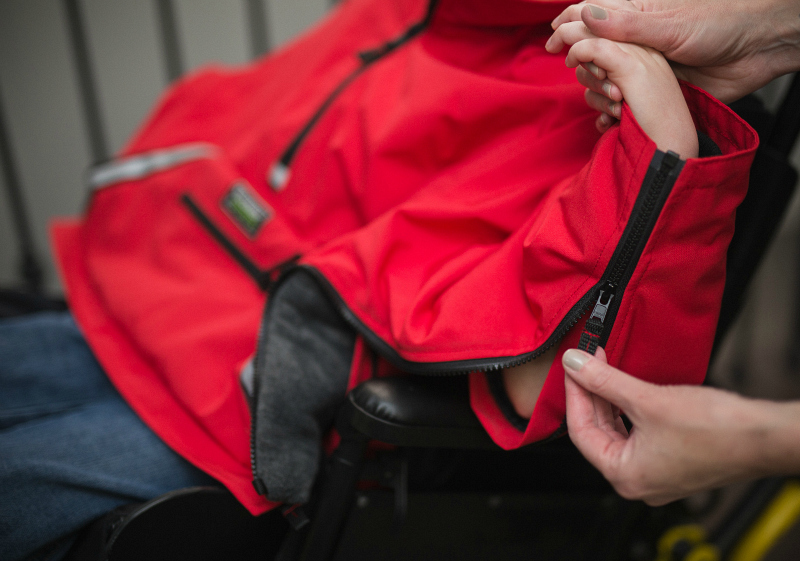
Koolway Sports
Koolway Sports designs and manufactures custom, high-quality, adaptive outerwear for individuals with disabilities, specially designed to be easily worn in conjunction with pieces of adaptive equipment, such as wheelchairs.
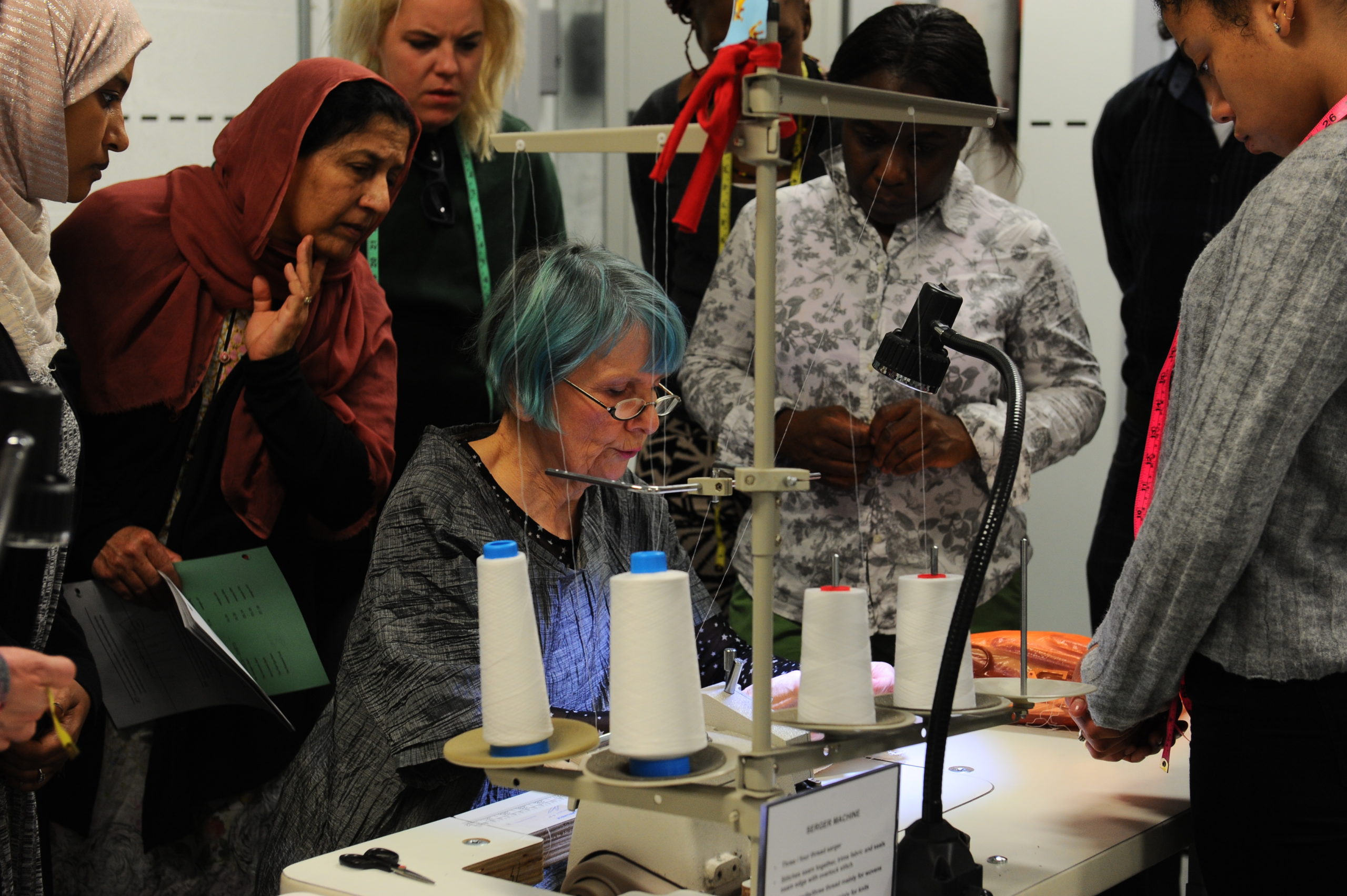
George Brown College Fashion Exchange
College’s Fashion Exchange (GBFX) fosters collaboration between fashion educators, industry partners, community organizations, and fashion graduates.
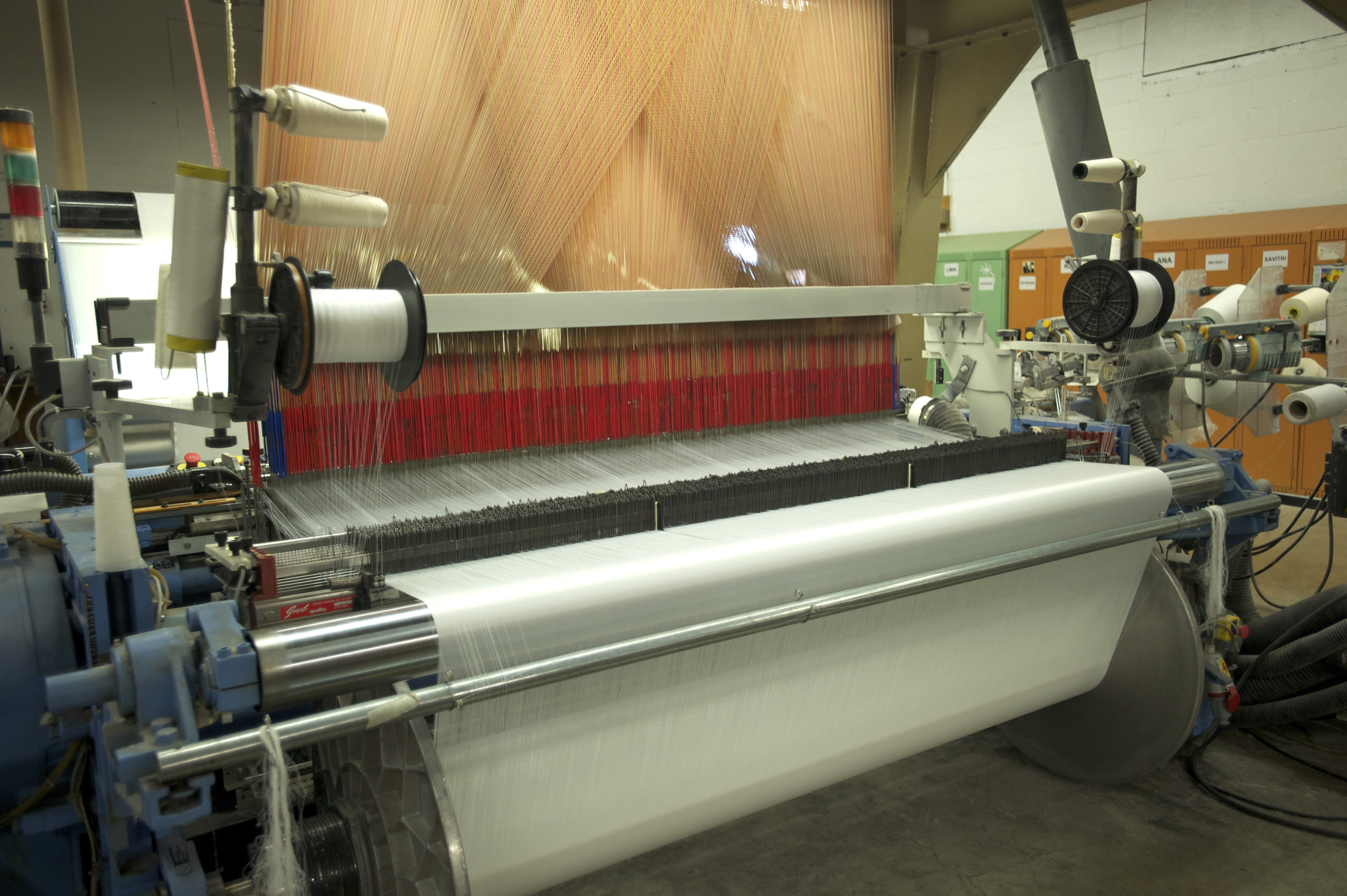
MW Canada
Established in Montreal in 1963, MW Canada is a vertically integrated manufacturer of high-quality wholesale textiles, operating within a niche market and investing heavily in its workforce and manufacturing technology.
